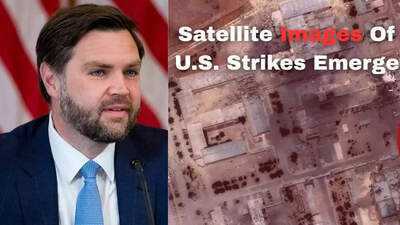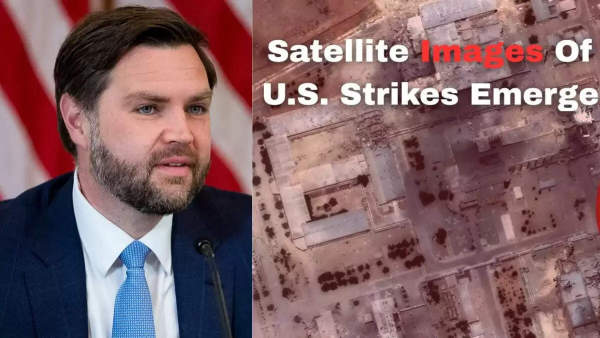
 Missing Uranium Stockpile Raises Alarm
Missing Uranium Stockpile Raises Alarm
A significant quantity of uranium, weighing 400kg and potentially sufficient for the creation of up to ten nuclear weapons, has reportedly gone missing, as stated by U.S. Vice President JD Vance during an interview with a major news outlet. This uranium is believed to have vanished following the U.S. military's deployment of six 'bunker buster' bombs targeting three Iranian nuclear sites last week. The uranium in question is enriched to 60%, while a level of approximately 90% enrichment is necessary for nuclear weaponization. This unaccounted uranium could serve as a crucial leverage point for Iran should it choose to re-engage in discussions with the U.S. regarding a new nuclear agreement. Reports suggest that Iran relocated the stockpile and some equipment to a secret site just days prior to the U.S. strikes, a claim echoed by Israeli sources.
In light of the missing uranium, JD Vance indicated that the stockpile might be buried beneath the three enrichment facilities that were targeted by U.S. forces. He remarked, 'Our objective was to bury the uranium, and I believe it is indeed buried.' Vance further noted that the U.S. aimed not only to bury the stockpile but also to dismantle Iran's capacity to convert enriched uranium into nuclear arms.
During a subsequent interview, Vance clarified that the U.S. is not engaged in warfare with Iran but is firmly against its nuclear aspirations. 'We’re not at war with Iran… We’re at war with Iran’s nuclear program,' he emphasized, distinguishing between the Iranian populace and the nation's nuclear endeavors.
Vance refrained from confirming whether Iran's nuclear facilities had been entirely obliterated, citing the need to protect sensitive intelligence. However, he expressed confidence that the military strikes had considerably hindered Iran's nuclear weapon development efforts, which was the primary goal of the operation.
He reiterated that the strikes were intended to delay Iran's nuclear ambitions significantly.
Before the U.S. attack, satellite imagery captured a convoy of 16 trucks outside the Fordow nuclear facility, which is strategically located deep within a mountain, making it resilient to missile strikes. In response, Israel urged the U.S. to deploy its B-2 'Spirit' bombers and GBU-37 'bunker buster' bombs for a precise operation early on Sunday. The strikes targeted the Fordow, Natanz, and Isfahan nuclear sites, resulting in substantial damage, yet the trucks were unaccounted for.
The exact contents of the trucks and their current location remain uncertain. Nevertheless, both the U.S. and Israel suspect that the materials were moved to another underground storage facility near the historic city of Isfahan.
Rafael Grossi, the head of the International Atomic Energy Agency (IAEA), noted that the last inspection of the site occurred a week prior to Israel's initial attack on Iran. In a recent address to the United Nations Security Council, he emphasized the urgency of resuming inspections and cautioned that ongoing military tensions are hindering this critical work, thereby diminishing the prospects for a peaceful resolution to prevent Iran from obtaining nuclear weapons.